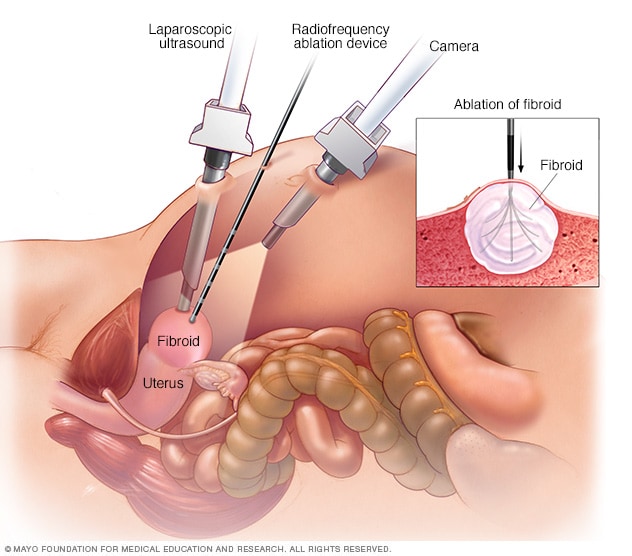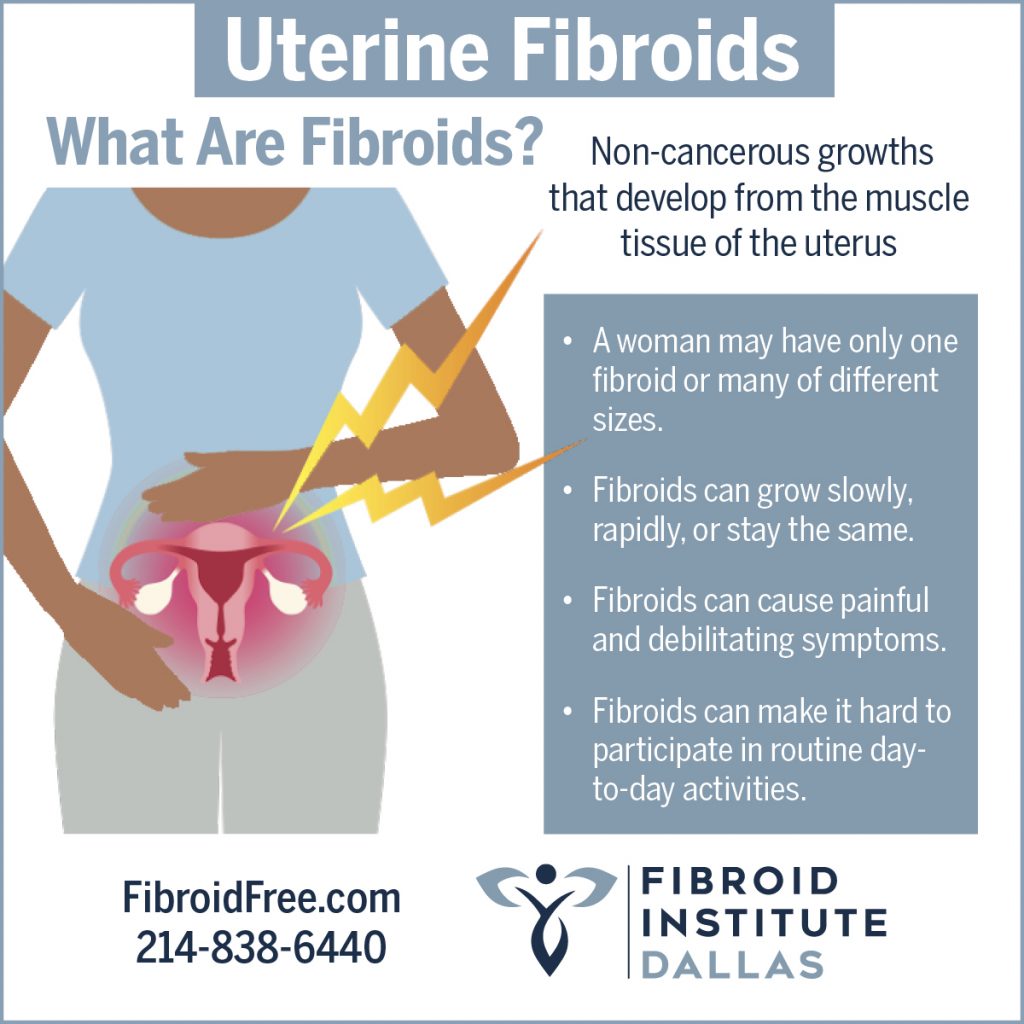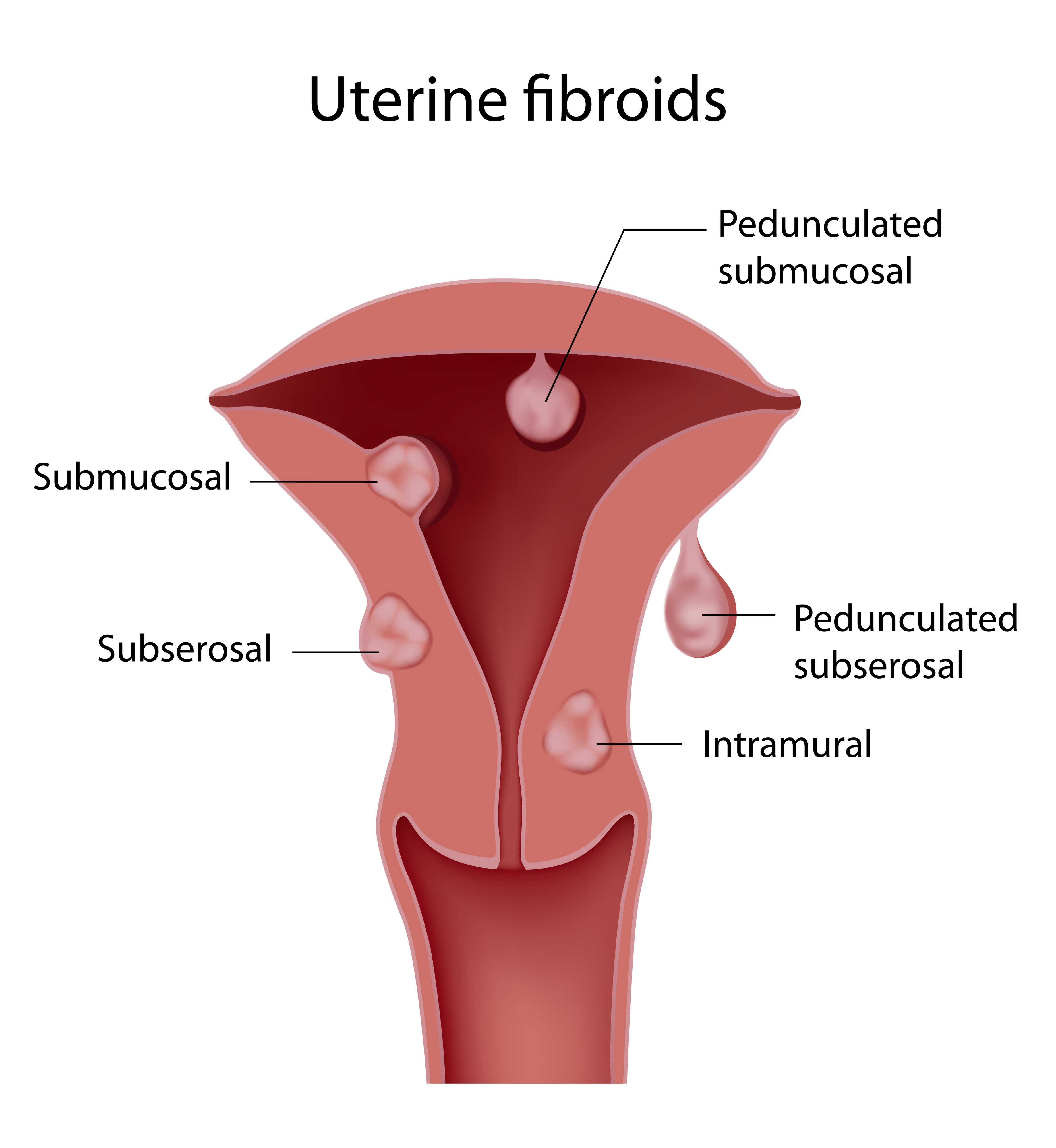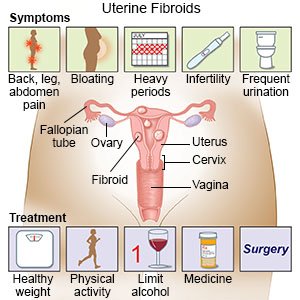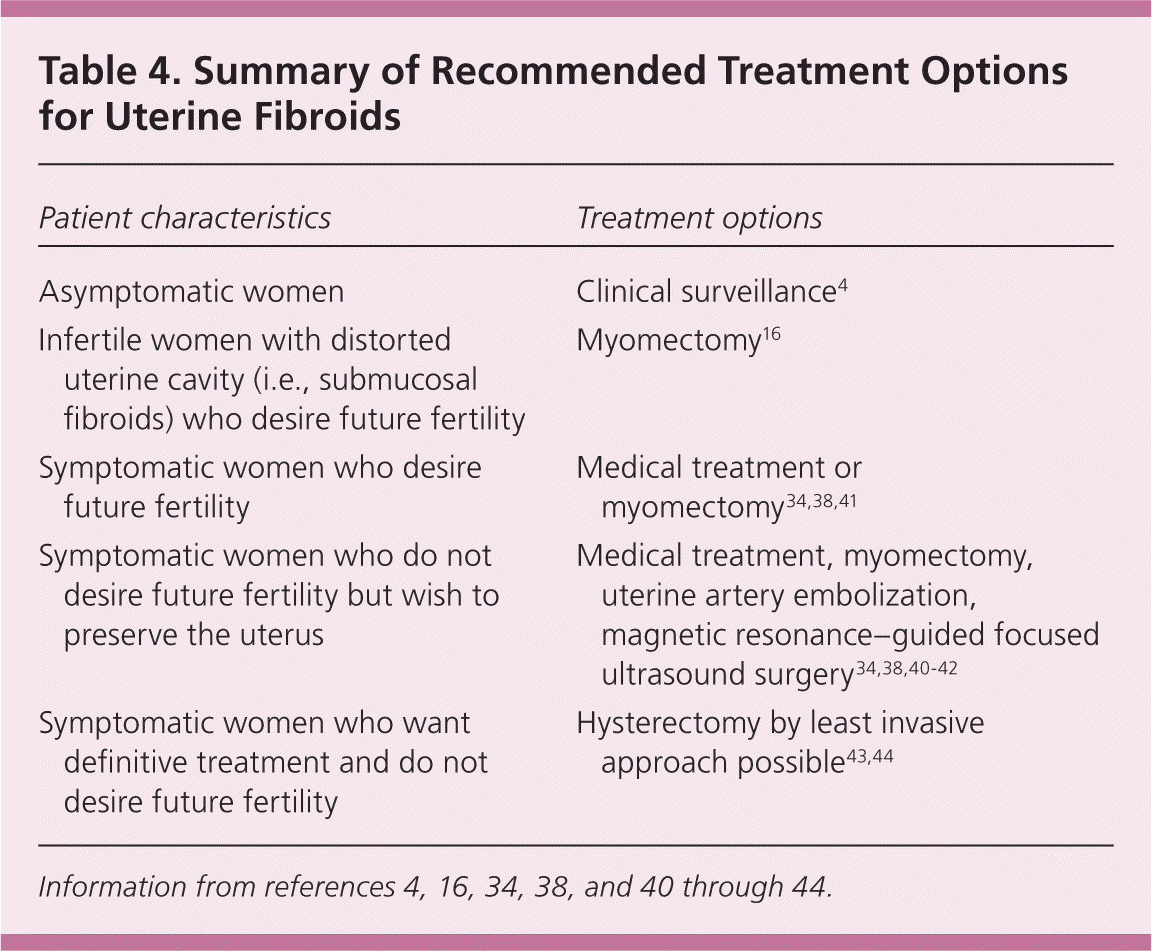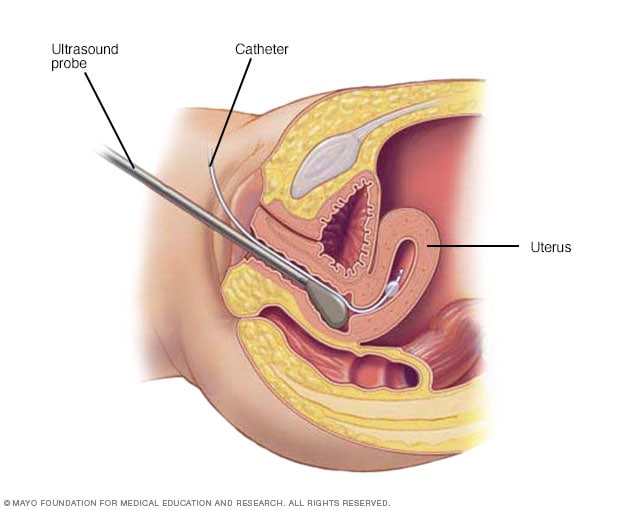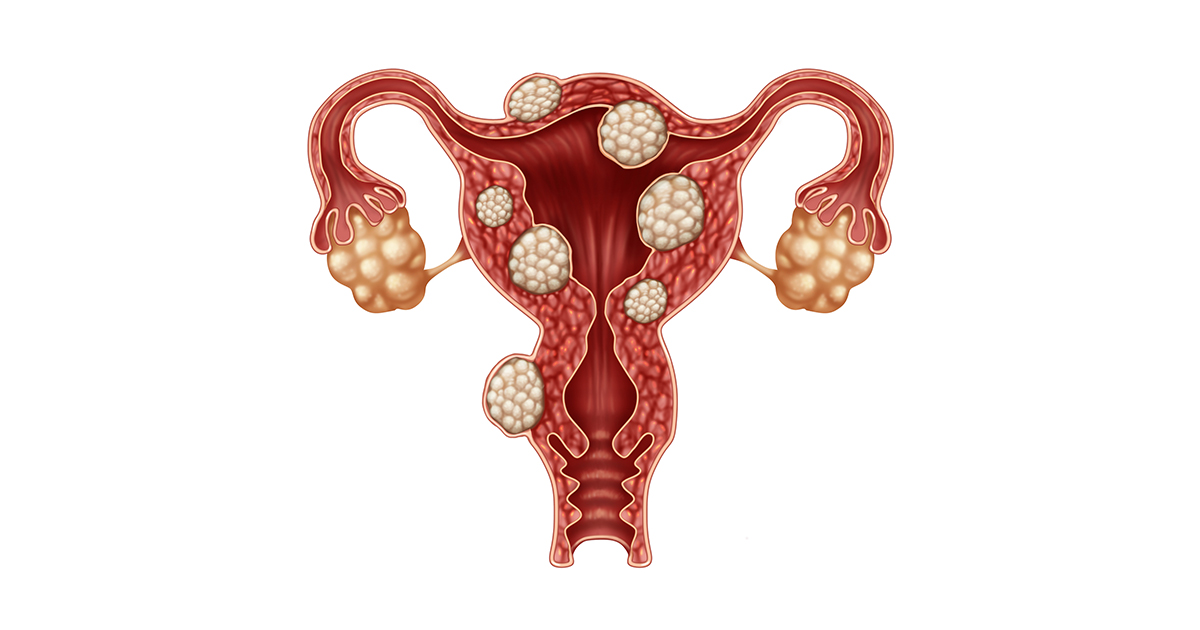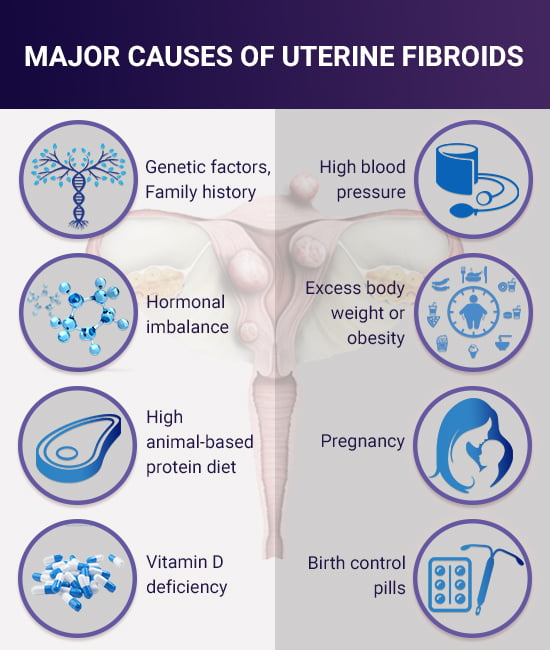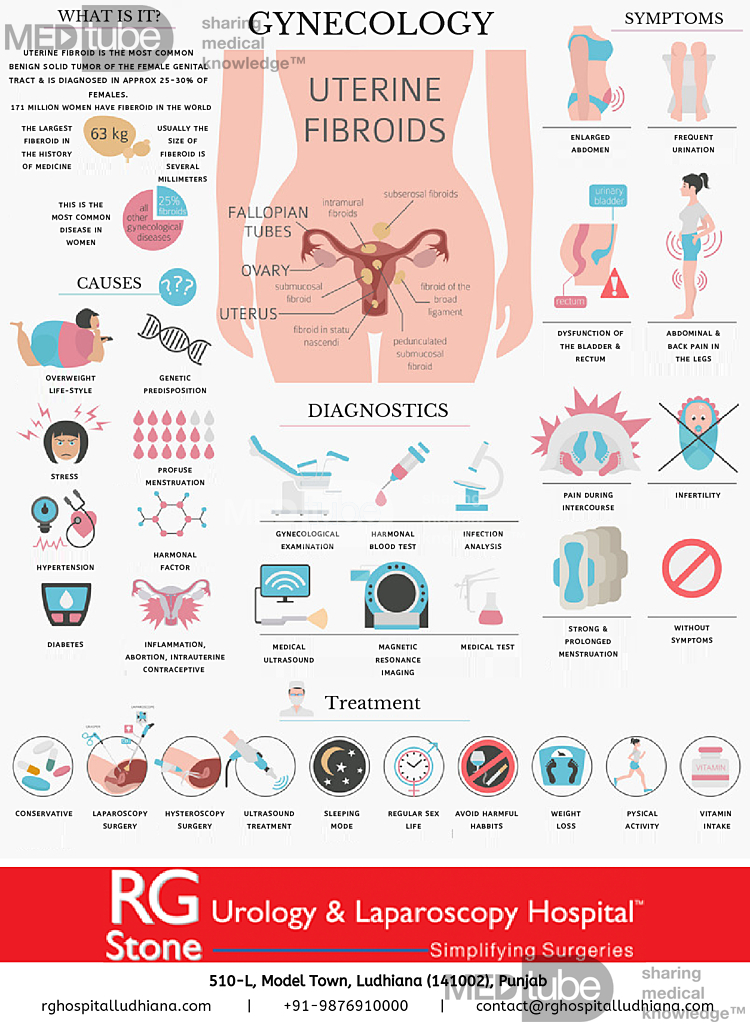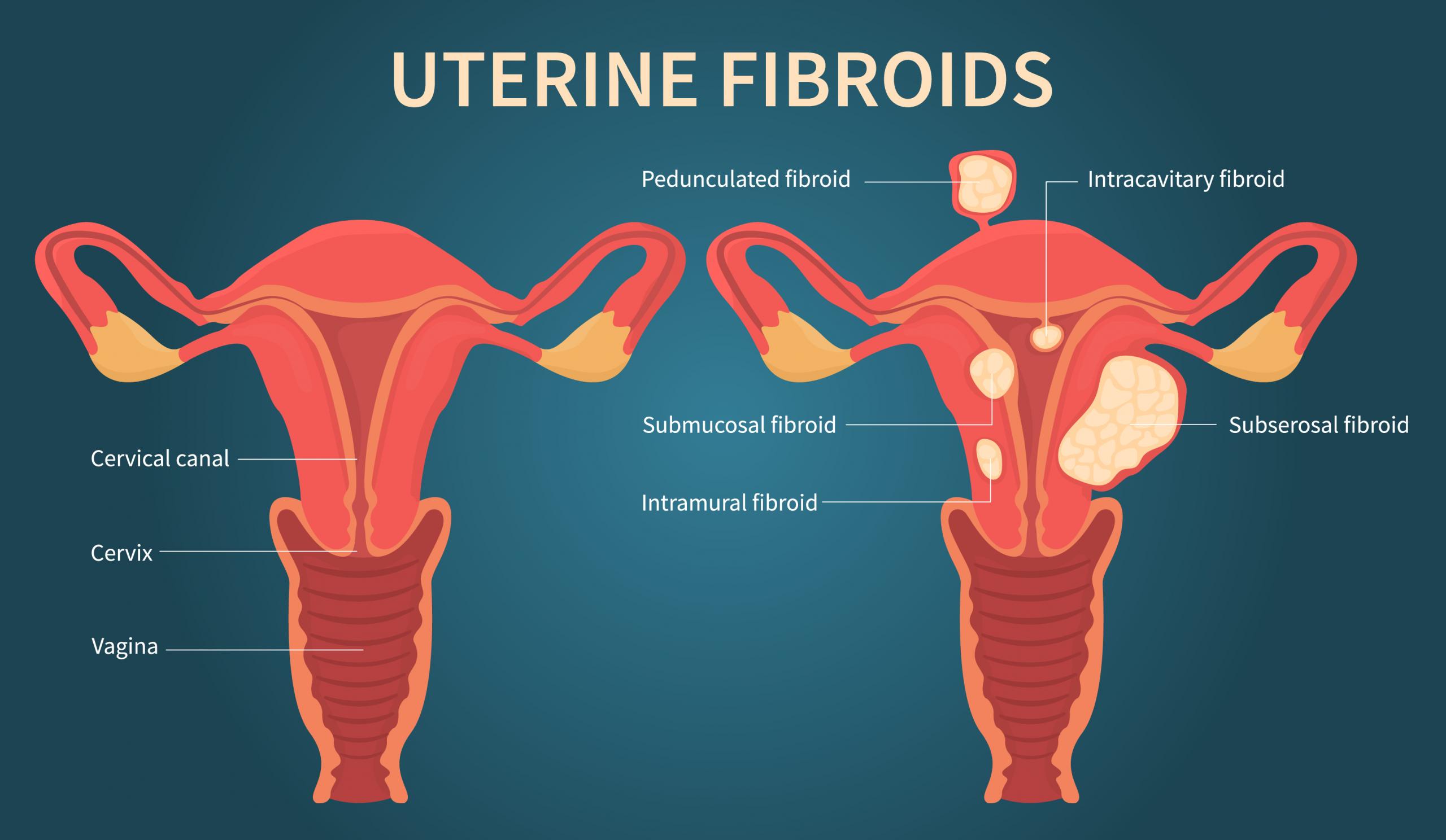Heartwarming Tips About How To Diagnose Uterine Fibroids
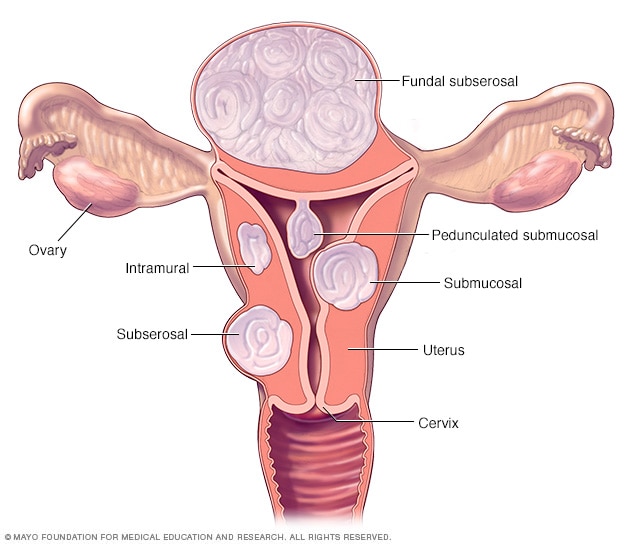
Saline infusion sonography, which uses an injection of salt solution.
How to diagnose uterine fibroids. Uterine fibroids are benign, non cancerous tumours that originate within the uterus. It uses sound waves to take a picture of your uterus, and can show your doctor if you do have fibroids, where they are, and how big they are. How are uterine fibroids diagnosed?
This is possibly because uterine fibroids contain higher levels of estrogen than the. Fibroids are sometimes diagnosed during a routine pelvic exam. Fibroids are usually found during a physical examination of the pelvic region in which a physician may find a firm mass.
How to diagnose uterine fibroids uterine fibroids which are solid non cancerous tumors found within or on the walls of the uterus may be able to impact pregnancy. If the results of your pelvic exam suggest fibroids, your doctor may order. However, hysteroscopy is an uncommon method for uterine fibroid diagnosis.
They are made of the. This surgical procedure can provide direct line of sight into the uterine cavity. Then, saline is injected into your uterus to allow your doctor to.
The results of a pelvic exam. Ultrasound scan, one of the main tests carried out to diagnose fibroids is an ultrasound scan. For some people, fibroids are diagnosed at a gynecology visit during a pelvic examination, when the doctor does a pelvic exam and presses on your abdomen.
They are made of the same muscle tissues as the uterus, though they tend to be hardened. Ultrasound, which uses sound waves to form the picture. Symptoms of fibroids can include changes in menstruation (your period), heavy bleeding, vaginal bleeding between periods, painful periods, anemia (low red blood cell count, resulting from.


